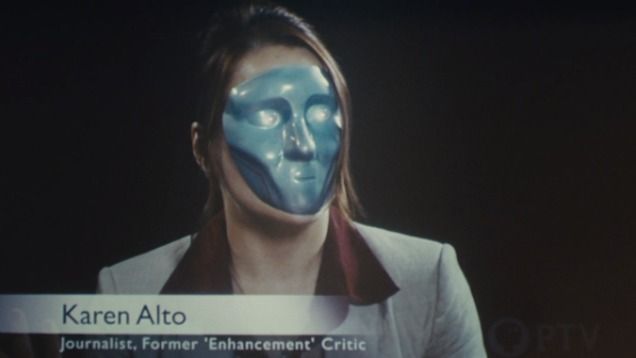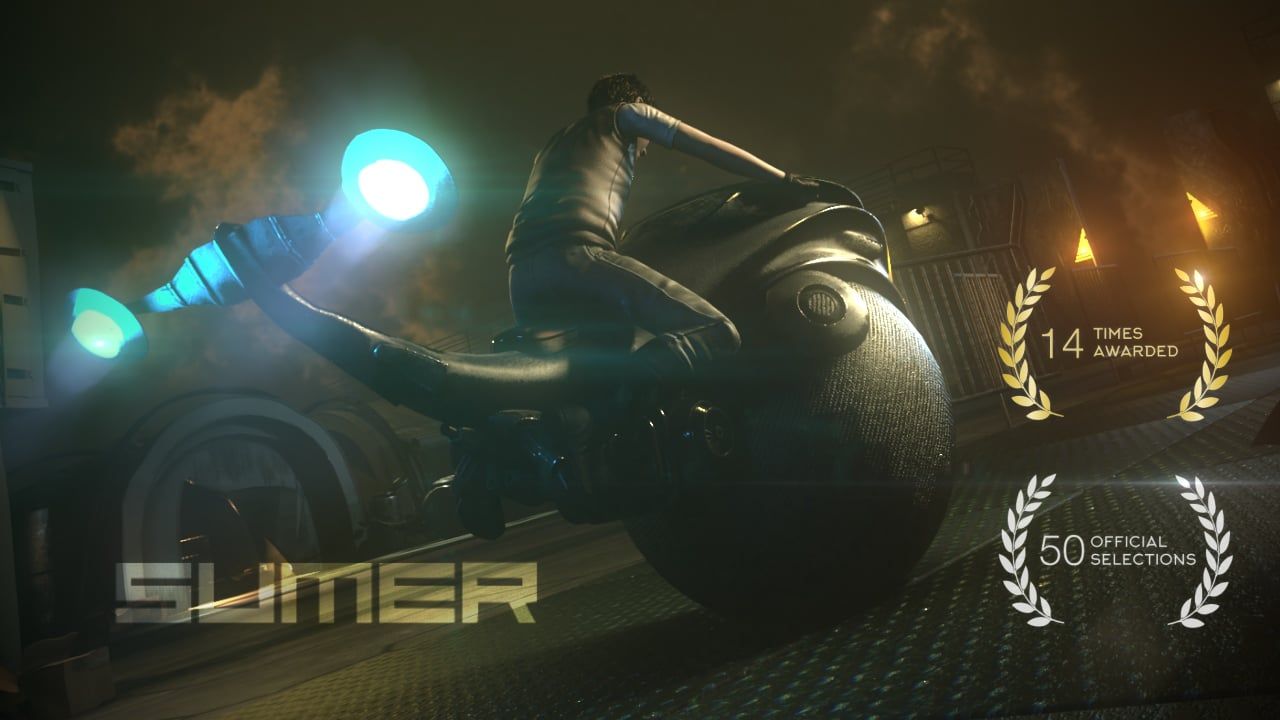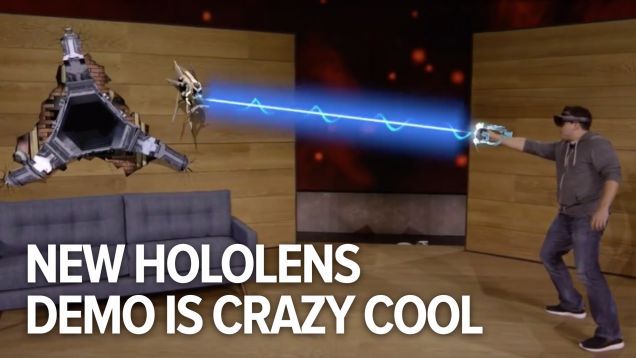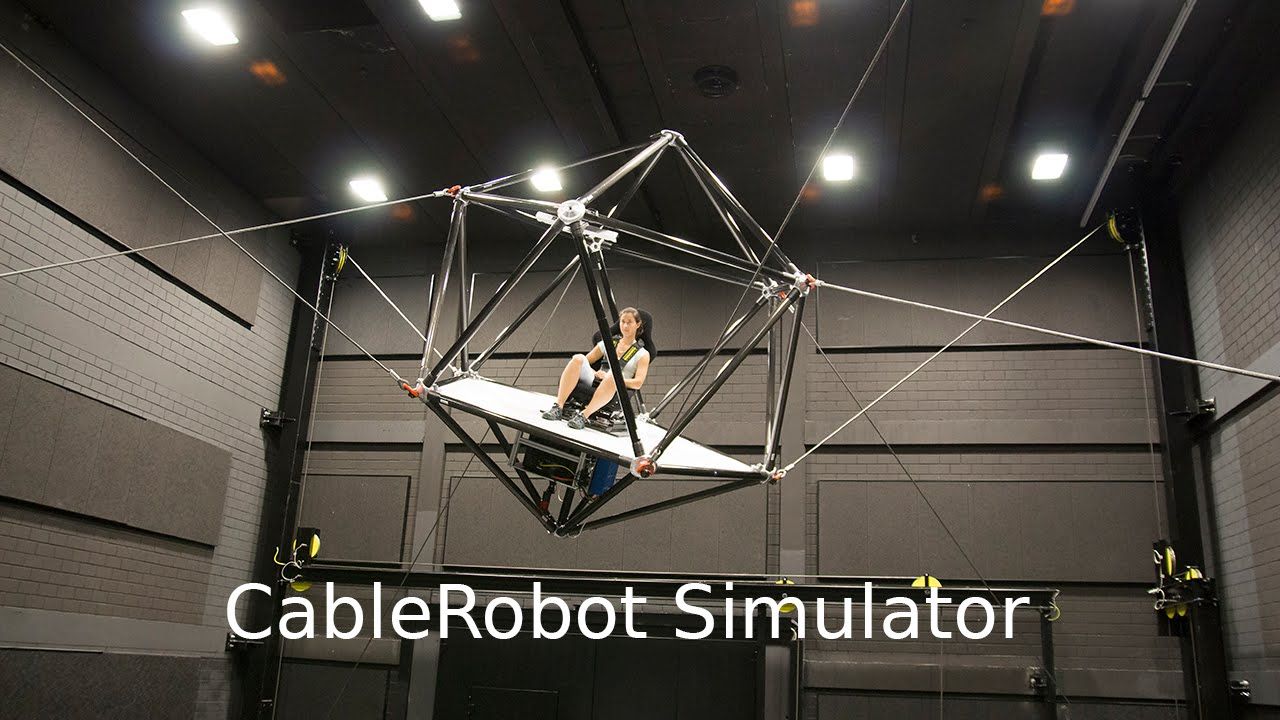https://vimeo.com/126833477
Are we living in a virtual reality? Is the universe emerging from an information processing system? And if so, could we ever tell? Is it possible to ‘hack’ the system and change reality? Take a look at the evidence and decide for yourself! Contributions to THE SIMULATION HYPOTHESIS are made by leading researchers from physics, cosmology, mathematics and information sciences. Appearances by MaxTegmark, Neil degrasse Tyson, Paul Davies, James Gates and many more. Science has never been so much fun!
“What an incredible film! Fascinating, mind-bending stuff.” — Timothy Rhys, Publisher: MovieMaker Magazine.
“Supremely interesting, compelling, fantastic!” — David Hoffman, Producer: Cannes Film Festival Critics Prize Winner.









